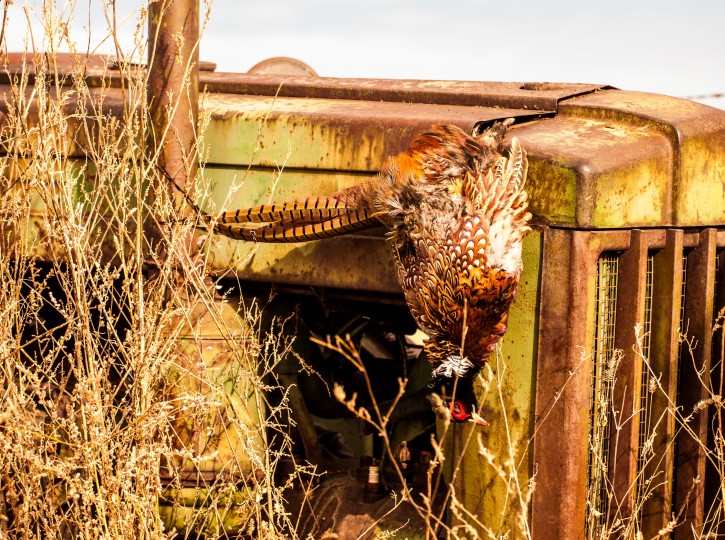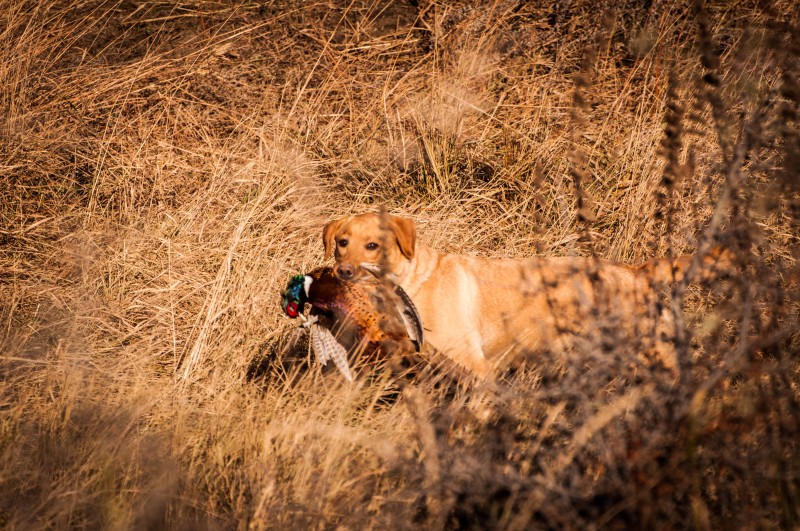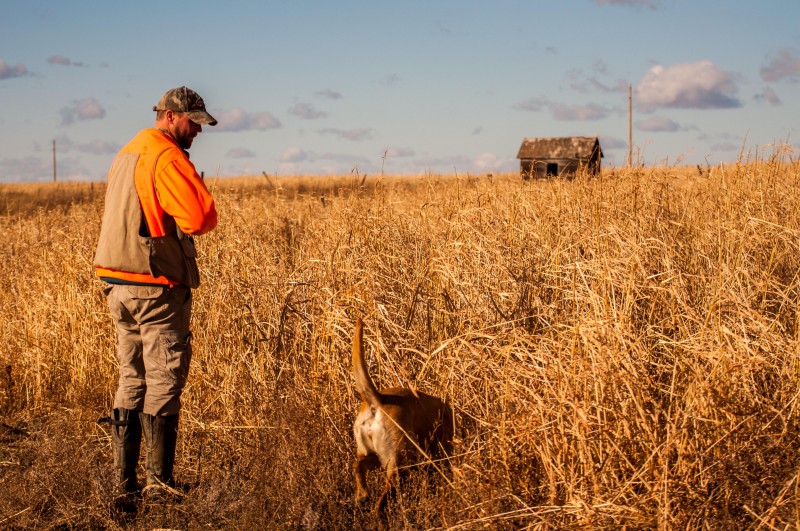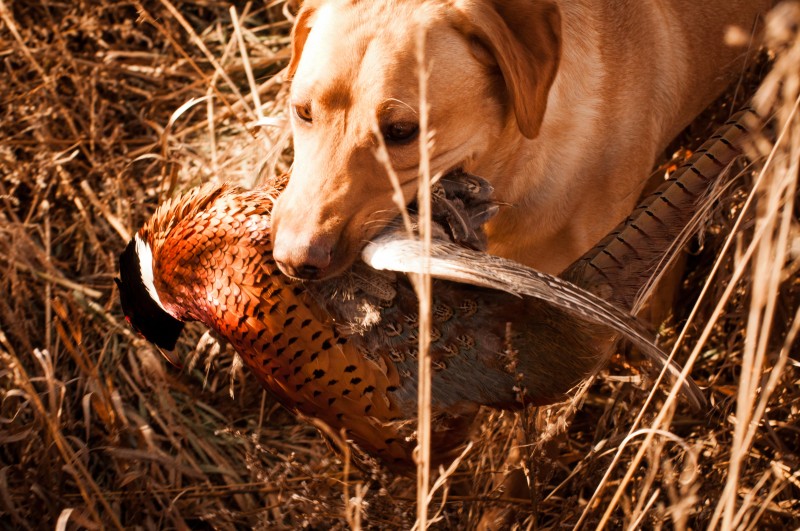Pheasant Forecast 2014
By: J.M. Hruby
There are few sights in upland hunting as thrilling and colorful as a rooster pheasant heading skyward against the cloudless October blue.
With the long off-season about to end, many hunters will be looking forward to the return of the glorious autumn days and the roar of rooster’s wings as they take flight.
But will those much-loved pheasants be there and in what numbers? Overall, the theme for this season will be one of a mixed bag for the Midwest’s most-loved game birds and the hunters who pursue them.
Let’s take a look at what this year’s midwestern pheasant hunter can expect as we approach the October season openers.
Onward and Upward
Most upland hunters have already heard the good news for 2014. General bird populations are up compared to last year across the Midwest. Of course, populations are nowhere near the soaring heights we saw over the past decade, but upward populations trends are always good news for hunters.
Across Midwestern states, the spring weather presented that proverbial mixed bag when it came to nesting success. But even this represented a dramatic improvement from 2013, where cold, wet weather across the pheasant belt caused endless nesting miseries and decimated brood counts in many areas. The 2014 spring provided enough good weather for hatches region-wide.
The nation’s bellwether pheasant state, South Dakota, reported a roadside population count averaging 2.68 pheasants per mile statewide. This represents a 76% increase from 2013’s count of 1.52 pheasants per mile. While these numbers are less than half the 10 year average, they are still good news for those who hunt the nation’s pheasant capital.
Iowa may have been the Midwest’s biggest winner in terms of pheasant population increases. Pheasant numbers zoomed upward by over 150% according to the Iowa Department of Natural Resources. This translates to .58 pheasants per mile and represents the single biggest one-year increase in the history of the Iowa DNR’s survey. Like other states, however, these numbers are still over 50% below the 10 year average.
Minnesota’s DNR roadside counts indicated a more modest 6% increase in pheasant numbers across the range when compared to last year. Like South Dakota and Iowa, the numbers are 58% below the 10 year average.
Pheasant belt hunters will have the chance to see more birds this year compared with last, but we still won’t approach the dizzying heights of the peak population years of the last decade.
The State of Habitat
Again, the news for ringneck fans follows the established trend. Acres enrolled in the Conservation Reserve Program (CRP) continued to decline in 2014.
Because CRP land represents critical habitat for the Midwest ringneck population, the decline in acreage will continue to concern hunters everywhere. Minnesota alone lost over 82,000 acres of CRP-enrolled land in 2014 according to the Minnesota DNR. The loss of set-aside land has been a trend across the midwest for the past decade and, unfortunately, that trend continued in 2014.
In terms of conservation enrollment, there may be good news for hunters on the horizon. As is often the case, this comes with corresponding bad news for farmers. Corn prices have fallen to extreme lows over the past year. As of this writing, the price of corn in many parts of the Midwest is hovering around the $3 per bushel mark. Other crops have seen similar price declines.
If low crop prices continue, planting on the marginal acres that are eligible for CRP will be less attractive to farmers and may help reverse the downward CRP participation trend in coming years. While we certainly don’t wish for the low crop prices to continue for the sake of our farming friends and relatives, we will hopefully see the end of the rapid loss of CRP acreage starting this year.
Opener Preview
One of the major factors in pheasant hunting success in the early weeks of the season is the harvest progress. Or, as will most likely to be the case in 2014, the lack of harvest progress. Acres of standing corn and even soybeans can make for frustrating hunting as birds stay in the tall fields where they are difficult to hunt.
Right now, “late” is the operative word when it comes to harvest progress. According to the USDA’s Crop Progress and Condition Report for September 29, only 10% of Minnesota soybeans were harvested compared to a 10 year average of 22%. Corn follows that pattern, with 45% of Minnesota’s corn crop estimated to be mature compared to 60% as the 10 year average. Across the pheasant belt, it’s much the same story with the Dakotas and Iowa reporting harvested acreage and corn maturity lagging behind the 10 year averages.
Given the right conditions, harvest progress can accelerate quickly and hunting conditions can also improve. Or significant rains could bring the harvest to a virtual halt. Right now across the midwest the opener will most likely see hunters being challenged by significant fields of still-standing crops for at least the first few weeks of the season.
Here are a few links to check out if you are interested in learning more about a particular state in the Upper Midwest. Click on each State’s Outlook for more information.
If you are looking for pheasant information within a different state check out Pheasants Forever’s website, where they have a forecast for each specific state!




